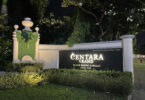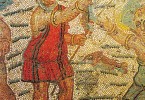
You may also like
Centara Grand Beach Resort & Villas Hua Hin-A...
7 months ago
LONDON WHAT’S ON | JANUARY 2023
1 year ago
The Art of Coming Home
2 years ago
Anantara Brings its Experiential Luxury to the...
2 years ago
Connoisseur’s GUIDE to Sicily
3 years ago
Intimate Dinners, Kit Kemp’s New Book, and More...
3 years ago
by Staff Writer






